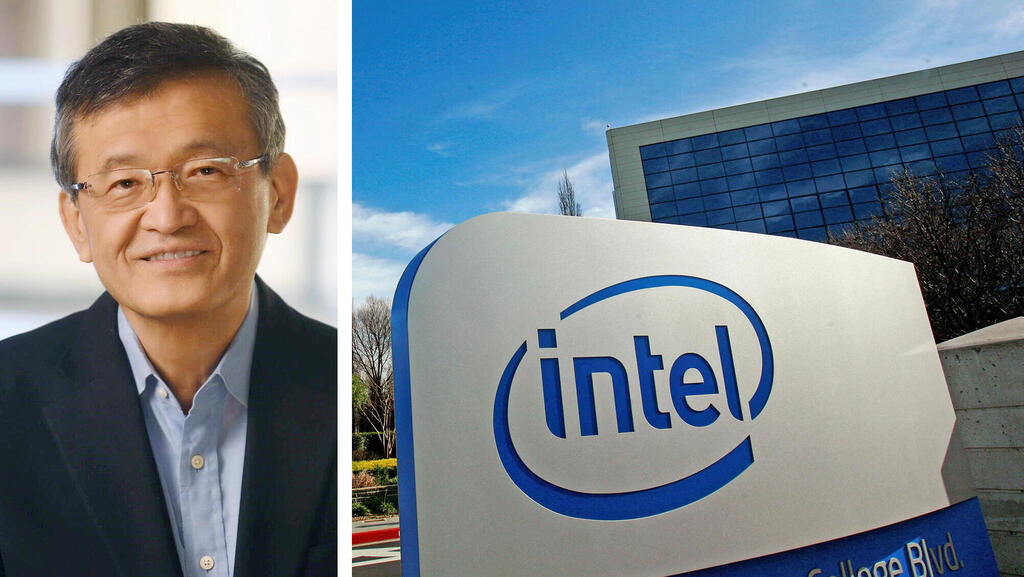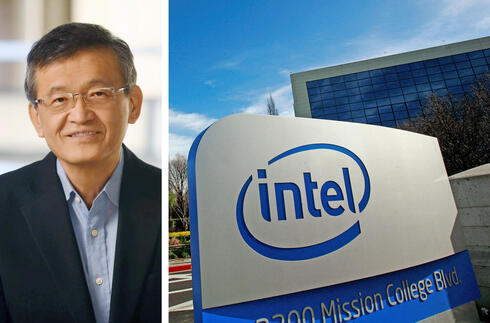
“Execution, execution, execution”: Intel CEO vows to rebuild through results
Lip-Bu Tan lays out a blunt strategy to restore Intel’s credibility by focusing on delivery, not vision statements.
In his first overseas appearance as Intel’s new chief executive, Lip-Bu Tan was not in a mood to overpromise.
"I'm not a marketing person. I want to show results," Tan said on Monday in Taipei according to Nikkei Asia. Tan was in Taipei to mark Intel's 40th anniversary in Taiwan. "The best way to recover Intel is execution, execution, execution, and to deliver on public promises."
Intel considering selling off networking business in strategic overhaul
It’s a revealing choice of words, and a sharp departure in tone for a company long accustomed to setting the semiconductor industry’s pace with bombast and blue-sky vision. Tan’s remarks come at a pivotal moment for Intel, which is struggling not only to regain its competitive footing but to justify its continued centrality in a global chip market increasingly dominated by rivals like TSMC and Nvidia.
In a company that once ran on Moore’s Law and self-assurance, Tan is offering a humbler, more pragmatic doctrine: listen more, fix what’s broken, and let the results speak.
Tan’s approach is hands-on, even blunt. “Right now, I'm happy to go seven, eight layers down to the engineers to listen to them, get the real data,” he said. “I have a culture of telling me the bad news first.”
That may sound like leadership cliché, but at Intel, it’s a response to a chronic failure of internal accountability. As Intel CFO David Zinsner admitted last week, the company has repeatedly launched products that haven’t met customer requirements. “Quite honestly, it is a little bit embarrassing,” he said.
Tan doesn’t want to hear that kind of embarrassment secondhand. “If I hear bad news from customers before I hear it from employees,” he warned, “you will be in big trouble.” In a flourish of accessibility, Tan noted that his personal cell phone number is printed on his business card. “You can text me anytime you want.”
Related articles:
It’s an ethos designed to flatten hierarchy, reduce spin, and make sure Intel’s internal feedback loop doesn’t lag behind the realities of a hyper-competitive market. “He’s really flattening the organization,” Zinsner said last week. “He wants the lowest rungs of the company closer to him.”
Tan inherits a company that still commands market share in personal computing and data centers - 68% and 55%, respectively, by his own tally - but increasingly struggles to convert that dominance into momentum. Zinsner put it more starkly: Intel’s x86 franchise is strong, but not because of innovation. “In a lot of respects, you could argue that our share should be a lot lower than it is.”
That moat, Intel’s entrenched relationships, software support, and developer ecosystem, remains a formidable asset. But it’s also a trap: a reason not to evolve, not to execute. Tan’s job is to bridge that moat with products that match the market’s new expectations, and a foundry business that can compete credibly with the world’s most advanced chip fabricators.
